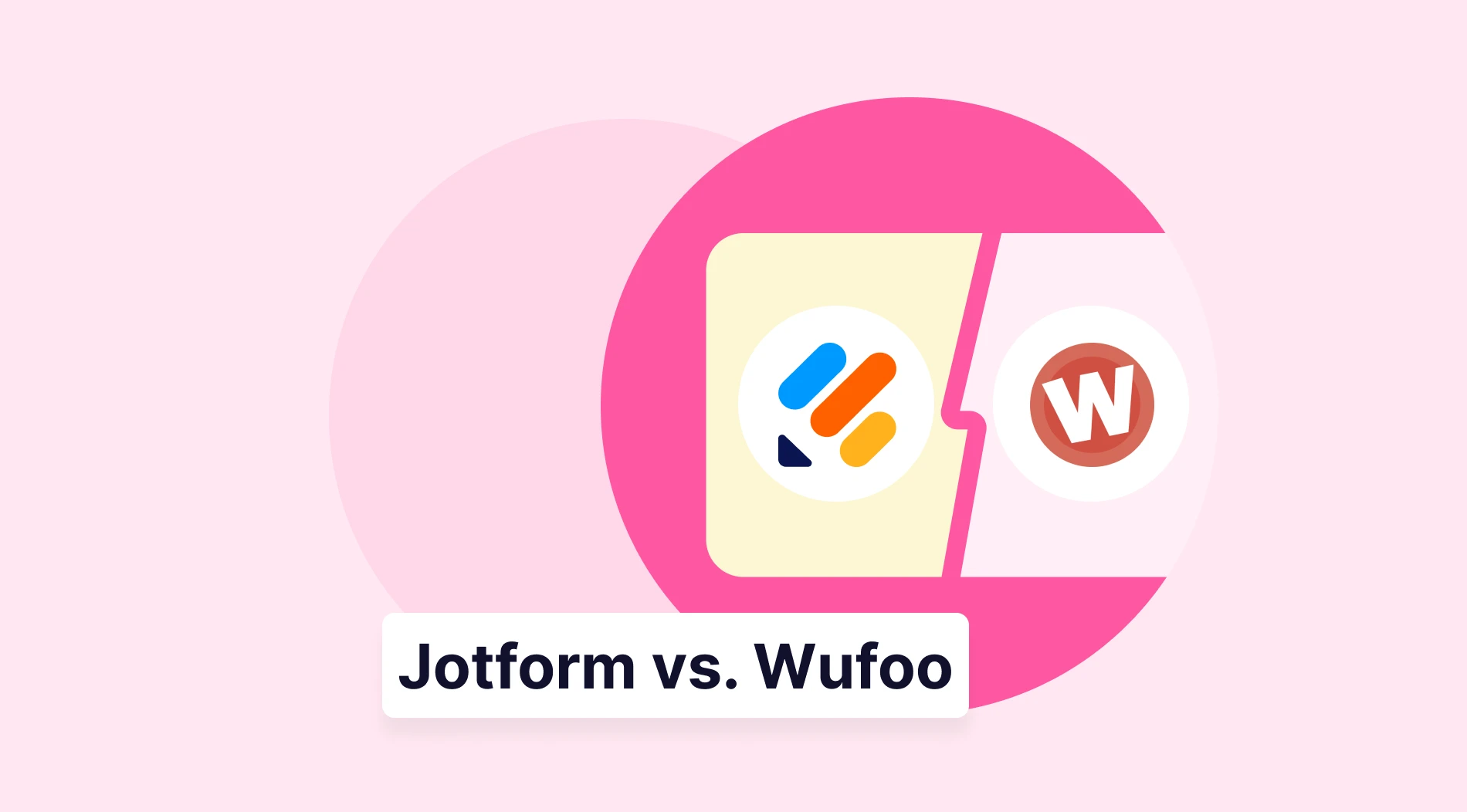You have created a program or a product that has been running for some time, and you want to check how efficient it is. You can conduct evaluation research to get the insight you want about the project. And there are more than one method and way to obtain this information.
Afterward, when you collect the appropriate data about the program on its effectiveness, budget-friendliness, and opinions from customers, you can go one step further. The valuable information you collect from the research allows you to have a clear idea of what to do next. You can discard the project, upgrade it, make changes, or replace it. Now, let us go into detail about evaluation research and its methods.
First things first: Definition of evaluation research
Basically, evaluation research is a research process where you measure the effectiveness and success of a particular program, policy, intervention, or project. This type of research lets you know if the goal of that product was met successfully and shows you any areas that need improvement. The data gathered from the evaluation research gives a good insight into whether or not the time, money, and energy put into that project is worth it.
The findings from evaluation research can be used to form decisions about whether to continue, modify, discontinue, and improve future programs or interventions. Therefore, in other words, it means doing research to evaluate the quality and effectiveness of the overall project.

What is evaluation research?
Why conduct evaluation research & when?
Conducting evaluation research is an effective way of usability testing and cost-effectiveness of the current project or product. Findings gathered from evaluative research play a key role in assessing what works and what doesn't and identifying areas of improvement for sponsors and administrators. This type of evaluation is a good means for data collection, and it provides a concrete result for decision-making processes.
There are different methods to collect feedback ranging from online surveys to focus groups. Evaluation research is best used when:
- You are planning a different approach
- You want to make sure everything is going as you want them to
- You want to prove the effectiveness of an activity to the stakeholders and administrators
- You want to set realistic goals for the future.
Methods to conduct an evaluation research
When you want to conduct evaluation research, there are different types of evaluation research methods. You can go through possible methods and choose the most suitable one(s) for you according to your target audience, manpower, and budget to go through with the research steps. Let us look at the qualitative and quantitative research methodologies.
Quantitative methods
These are the type of methods that asks questions to get tangible answers that rely on numerical data and statistical analysis to draw conclusions. These questions can be “How many people?”, “What is the price?”, “What is the profit rate?” etc. Therefore, they provide researchers with quantitative data to draw concrete conclusions. Now, let us look at the quantitative research methods.
1 - Online surveys
Surveys involve collecting data from a large number of people using appropriate evaluation questions to gather accurate feedback. This type of method allows for reaching a wider audience in a short time in a cost-effective manner. You can ask about various topics, from user satisfaction to market research. And, It would be quite helpful to use a free survey maker such as forms.app to help with your next research!
2 - Phone surveys
Phone surveys are a type of survey that involves conducting interviews with participants over the phone. They are a form of quantitative research and are commonly used by organizations and researchers to collect data from people in a short time. During a phone survey, a trained interviewer will call the participant and ask them a series of questions.
Qualitative methods
This type of research method basically aims to explore audience feedback. These methods are used to study phenomena that cannot be easily measured using statistical techniques, such as opinions, attitudes, and behaviors. Techniques such as observation, interviews, and case studies are used to form evaluation for this method.
1 - Case studies
Case studies involve the analysis of a single case or a small number of cases to be explored further. In a case study, the researcher collects data from a variety of sources, such as interviews, observations, and documents. The data collected from case studies are often analyzed to identify patterns and themes.
2 - Focus groups
Using focus groups means having a small group of people and presenting them with a certain topic. A focus group usually consists of 6-10 people. The focus groups are introduced to a topic, product, or concept, and they present their reviews. Focus groups are a good way to obtain data as the responses are immediate. This method is commonly used by businesses to gain insight into their customers.
Evaluation research examples
Conducting evaluation research has helped many businesses to further themselves in the market because a big part of success comes from listening to your audience. For example, Lego found out that only around %10 of their customers were girls in 2011. They wanted to expand their audience. So, Lego conducted evaluation research to find and launch products that will appeal to girls.
Surveys questions to use in your own evaluation research
No matter the type of method you decide to go with, there are some essential questions you should include in your research process. If you prepare your questions beforehand and ask the same questions to all participants/customers, you will end up with a uniform set of answers. That will allow you to form a better judgment. Now, here are some good questions to include:
1 - How often do you use the product?
2 - How satisfied are you with the features of the product?
3 - How would you rate the product on a scale of 1-5?
4 - How easy is it to use our product/service?
5 - How was your experience completing tasks using the product?
6 - Will you recommend this product to others?
7 - Are you excited about using the product in the future?
8 - What would you like to change in the product/project?
9 - Did the program produce the intended outcomes?
10 - What were the unintended outcomes?
What’s the difference between generative vs. evaluative research?
Generative research is conducted to generate new ideas or hypotheses by understanding your users' motivations, pain points, and behaviors. The goal of generative research is to define the possible research questions and develop new theories and plan the best possible solution for those problems. Generative research is often used at the beginning of a research project or product.
Evaluative research, on the other hand, is conducted to measure the effectiveness of a project or program. The goal of evaluative research is to measure whether the existing project, program, or product has achieved its intended objectives. This method is used to assess the project at hand to ensure it is usable, works as intended, and meets users' demands and expectations. This type of research will play a role in deciding whether to continue, modify, or put an to the project.
You can determine either to use generative or evaluation research by figuring out what you need to find out. However, of course, both methods can be useful throughout the research process in obtaining different types of evidence. Therefore, firstly determine your goal of conducting evaluation research, and then you can decide on the method to go with.
Conclusion
Conducting evaluation research means making sure everything is going as you want them to in your project or finding areas of improvement for your next steps. There are more than one methods to go with. You can do focus groups or case studies on collecting opinions, or you can do online surveys to get tangible answers.
If you choose to do online surveys, you can try forms.app, as it is one of the best survey makers out there. It has more than 1000 ready-to-go templates. If you wish to know more about forms.app, you can check out our article on user experience questions!
Defne is a content writer at forms.app. She is also a translator specializing in literary translation. Defne loves reading, writing, and translating professionally and as a hobby. Her expertise lies in survey research, research methodologies, content writing, and translation.



